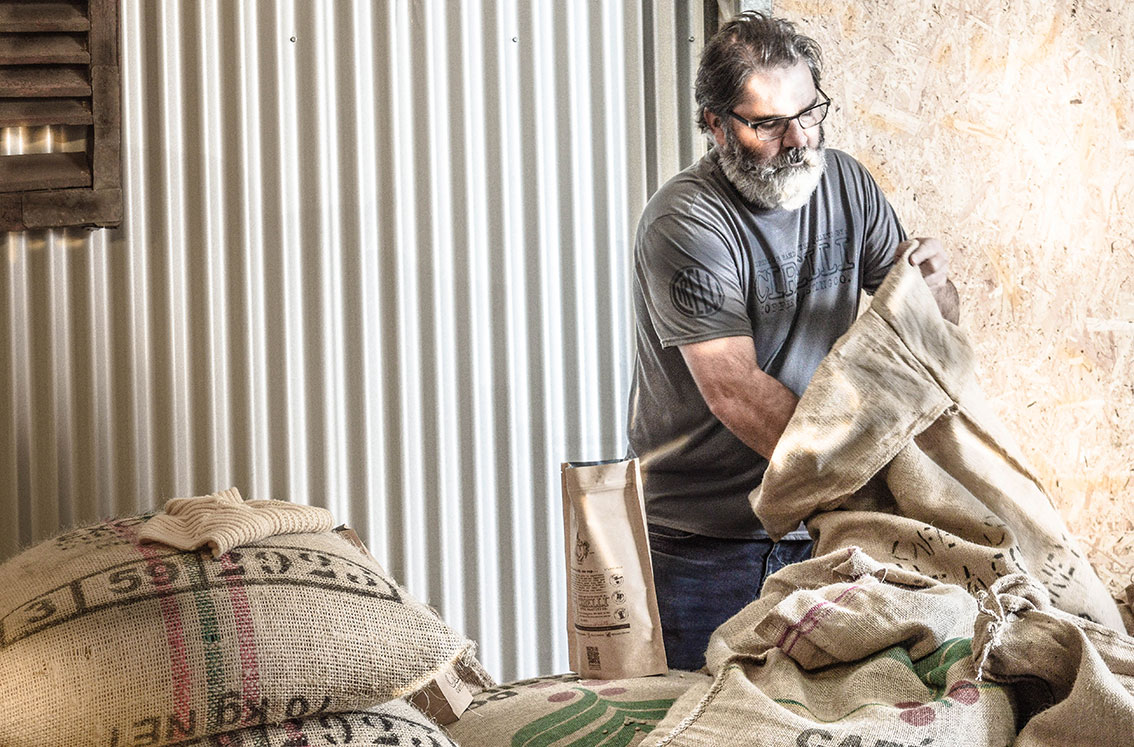Harvesting & Coffee Processing Methods
In the world of coffee, the journey from bean to cup involves several intricate steps that contribute to the final flavours and characteristics of your favorite brew. Coffee processing plays a vital role in shaping the taste profile and overall quality of coffee.
Havesting Coffee
As coffee is often grown in mountainous areas. The ripe coffee cherries are picked in one of two ways:
- Strip Picked – cherries are stripped off of the branch at one time, either by machine or by hand such as in Brazil where its landscape is flat.
- Selectively Picked – only the ripe cherries are harvested and they are picked by hand.
Quick Facts:
- Pickers check the trees every 8 to 10 days and individually pick only the fully ripe cherries.
- Selective picking is used for Arabica beans.
- Coffee trees yield an average of 2 to 4 kilos of cherries
- a good picker can harvest 45 to 90 kilos of coffee cherry per day (9-18 kilos of coffee beans)
Coffee Processing Methods
After harvesting the next step is to remove the coffee seeds from the ripe fruit and dry them. The two ways for Coffee Processing Methods: the dry and the wet methods.
The Dry or ‘Natural’ Method
- It is the oldest, simplest method and requires little machinery.
- involves drying the whole cherry.
- Almost all the robustas are processed by this method.
- Majority of the Arabica coffee produced in Brazil, Ethiopia, Haiti and Paraguay, India and Ecuador
- Cherries are sorted and cleaned, by hand, to remove unripe, overripe and damaged cherries as well as any dirt, soil, twigs and leaves. Can also be done by floating the cherries in water.
- They are spread out in the sun, either on large concrete or brick patios, or on matting raised to waist height on trestles. If it rains they are covered up.
- As the cherries dry, they are raked or turned by hand to ensure even drying.
- It can take up to 4 weeks to dry the cherries. On larger plantations, machine-drying is sometimes used to speed up the process after the coffee has been pre-dried in the sun for a few days.
- Dried cherries are brittle with a hard outer shell and should have a maximum moisture content of 12.5%.
- Dried cherries are stored in silos and then sent to the mill for hulling, where the outer layers of the dried cherry are removed. The ‘green coffee’ beans are sorted and graded ready for selling.
The Wet Method
- The wet method requires the use of special equipment and the availability of water.
- The ripe cherries are first cleaned.
- Machine squeeze the cherries to separate the flesh and the skin from the beans.
- The beans are left with a slippery outer skin (the mucilage) and a parchment covering.
- Beans are cleaned to remove lingering bits of pulp and put in large tanks; there the mucilage is broken down by natural enzymes and washed away. This takes between 24 and 36 hours.
- Then the coffee is then washed with clean water. At this point, the coffee is approximately 57% moisture.
- Moisture is reduced to a maximum of 12.5%, the parchment coffee is dried either in the sun, in a mechanical dryer, or by a combination of both.
- Sun-drying takes from 8 to 10 days. After that, the coffee is hulled to remove the parchment, cleaned, screened, sorted and graded ready for sale.
Effect of Wet v’s Dry Processing on Coffee Taste
| WET PROCESSED | DRY PROCESSED |
|
|



